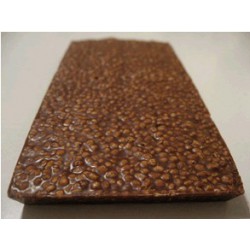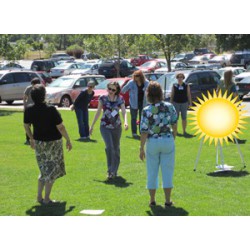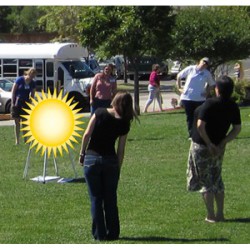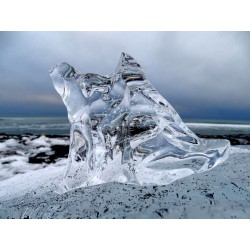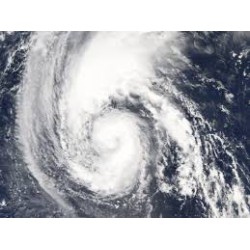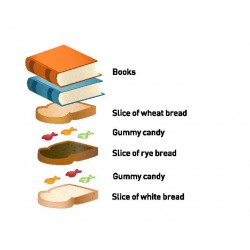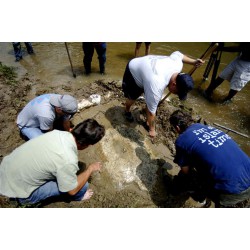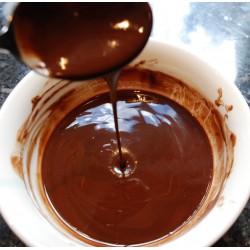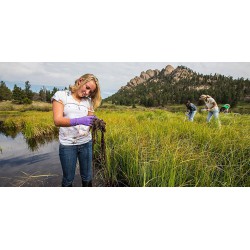Sort
Activities for Tweens There are 201 items.
Stuck on what activities can be engaging for tweens? Explore this collection that is curated for ages 9-12 to find the perfect activity for your patrons.
-
Edible Rocks
Analyze and discuss the content of candy bars using the same terminology geologists use to study rocks from space. 0
Check It Out
-
Spin! Day and Night
In this activity, patrons use their bodies to model how Earth's spin - rotation - creates the cycles of day and night 0
Check It Out
-
Steady Partner, Steady Seasons
In this kinesthetic learning activity, patrons explore how Earth's tilt creates the seasons and model how Earth's axis would wobble if its tilt was not stabilized by Moon. 0
Check It Out
-
Ice and Seek: What is Ice?
Patrons explore different types of ices and learn to identify them based on clues, then match the type of ice to the planet or moon on which it occurs 0
Check It Out
-
Analyzing Hurricanes Using Web and Desktop GIS
Patrons use a database from NOAA to map hurricanes from different decades, and then build their own map using data from National Atlas to learn about how hurricanes form 0
Check It Out
-
Fossil Formation
Patrons discover how fossils are formed by creating their own fossils out of bread and gummy candy fish 0
Check It Out
-
Awesome Fossils
In this activity, patrons investigate model "rocks" to excavate "fossils" and learn about how paleontologists study fossils to learn about ancient landscapes 0
Check It Out
-
Birdseed Mining
Patrons learn about mining processes by excavating different types of bird seed and evaluating the assigned dollar value and environmental costs 0
Check It Out
-
Build Your Own Weather Station
Patrons learn about how atmospheric scientists use highly specialized instruments to measure weather processes, and create their own weather station that can measure relative humidity! 0
Check It Out
-
Chocolate Rock Cycle
In this sweet activity, patrons learn about the rock cycle using chocolate blocks! 0
Check It Out
-
Citizen Science: NOAA Projects
Interested in getting involved in a "citizen science" project? This activity offers several ways to get involved in projects with the National Oceanic and Atmospheric Administration (NOAA) that support authentic learning! 0
-
Cookie Mining
Patrons play a game mining chocolate chips out of cookies to demonstrate priniciples of mining: safeguard the environment while also earning money. 0
Check It Out



